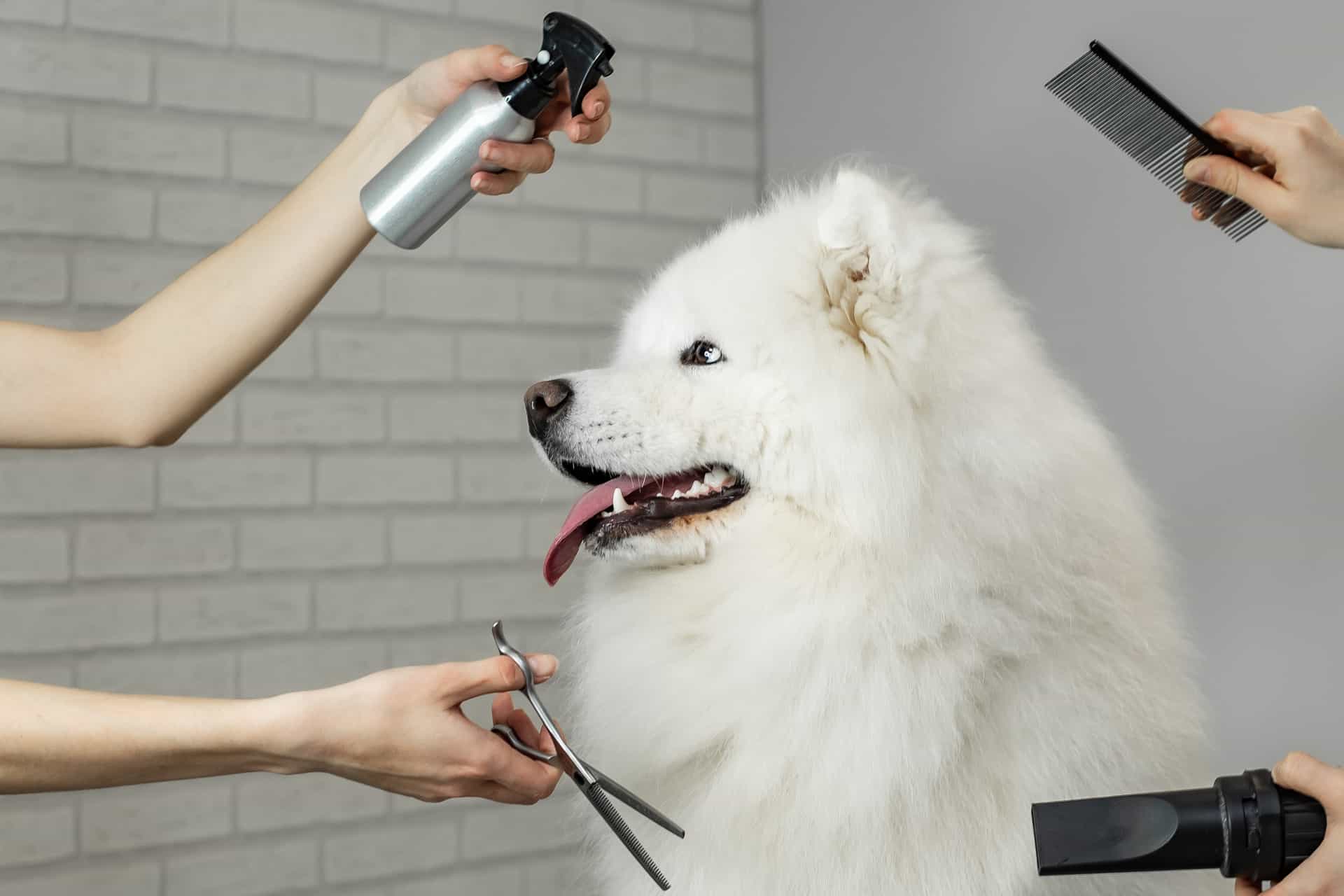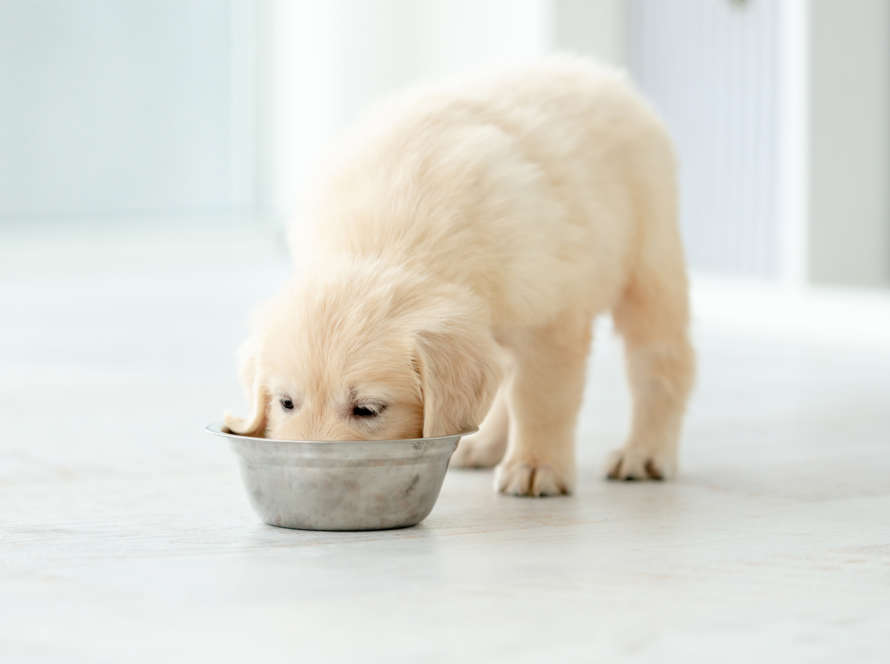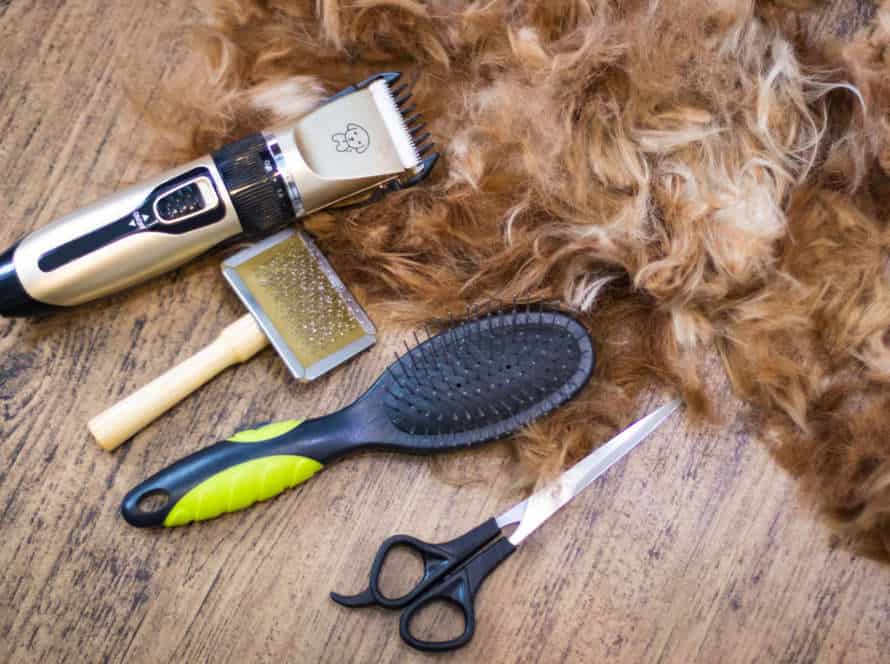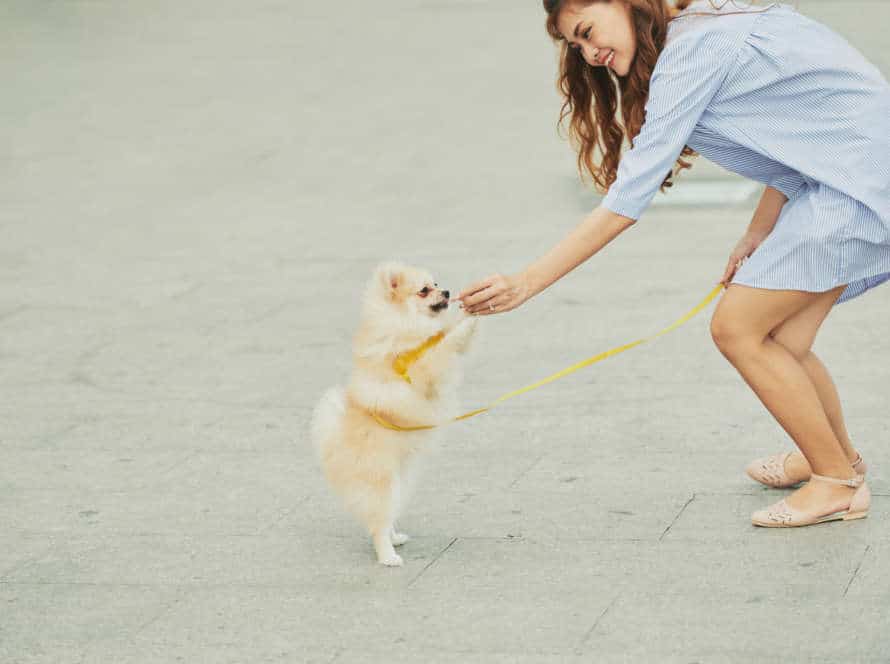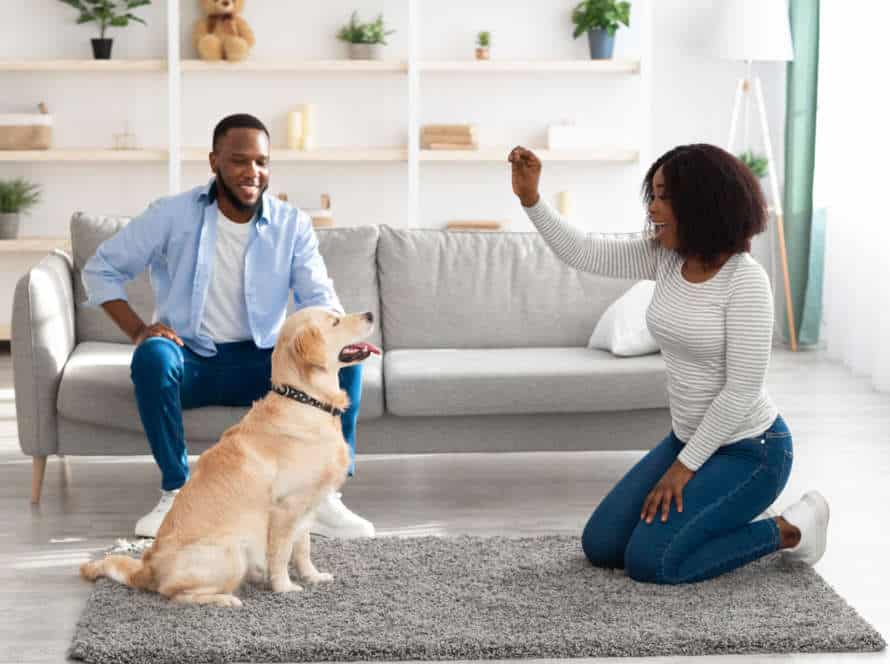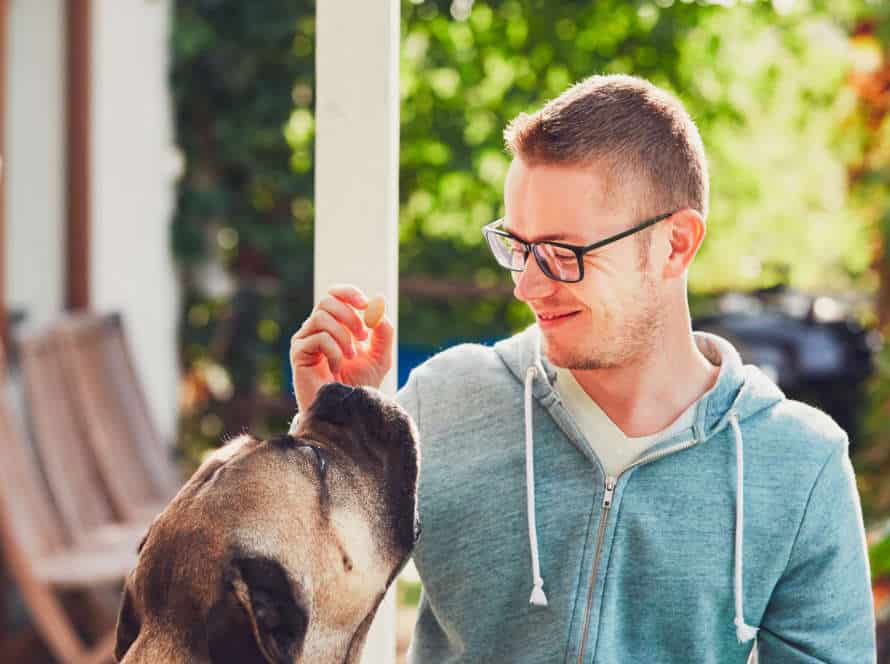The Ultimate Guide to Dog Grooming Tools and Techniques
Dog grooming is a key part of taking care of your pet. It can be made easier and more fun for you and your furry pal with the right tools and techniques. Here’s a guide to the different tools and techniques for dog grooming:
Tools:
- Brushes: Get a brush that fits your pet’s fur. Slicker brushes for long-haired dogs. Bristle brushes for short-haired dogs.
- Combs: Detangle fur, take out dead hair, check for fleas.
- Clippers: Used for trimming fur, especially around sensitive areas such as ears and paws.
- Nail Clippers: Trim your dog’s nails.
Techniques:
- Brushing and combing: Do this regularly to get rid of dirt, knots, and tangles.
- Bathing: Use a special shampoo for dogs to clean and deodorize.
- Nail trimming: Trim your dog’s nails to stop overgrowth.
- Haircutting: Regular haircuts keep fur healthy and stop it from matting.
Proper grooming tools and techniques keep your pup healthy and content.
The Essential Dog Grooming Tools
Groom your pup? Essential! For their health and happiness. Here’s what you need: brushes, nail clippers and more! These tools are necessary for every dog owner. Let’s get a closer look at the essentials. What must you have? We’ll tell you!
Different types of dog grooming brushes and combs
There are many types of dog grooming brushes and combs. Each serves a different purpose and is made for a certain coat type.
- Slicker Brushes have fine, short wires close together. Perfect for tangles & mats in medium- to long-haired breeds.
- Pin Brushes have longer, spaced-out wires. Best for long, silky coats like Afghan Hounds or Shih Tzu.
- Bristle Brushes have firm, natural bristles. Good for short, smooth coats like bulldogs, terriers & boxers.
- Undercoat Rakes have sharp teeth. For dense undercoats like Golden Retrievers, Beagles & German Shepherds.
- Dematting Rakes have dual sides. They work on long-haired, double-coated breeds like Samoyed, Chow Chow & Old English Sheepdog.
Choose the right brush/comb for your dog’s coat. Use gentle strokes to avoid hurting them.
Dog grooming scissors and clippers
Dog grooming scissors and clippers are two must-haves for pet owners. They both serve different purposes, but work together to keep your pup’s fur looking its best.
Scissors are used to trim hair in areas that clippers can’t reach, like the face and paws. Straight, curved, and thinning shears are common choices.
Clippers are for trimming a coat to a specific length. They come in different sizes and with various blade attachments for different coat lengths.
Be sure to keep scissors and clippers clean and sharp. Make your dog feel calm before starting the grooming process for an enjoyable time for both you and your pup.
Nail clippers and grinders
Clip and grind – two essential tools for keeping your pup’s paws healthy and comfy. Clip those nails with scissors-type clippers for small dogs and guillotine-type clippers for bigger breeds. Or go with a grinder, which uses sandpaper or a grinding stone. This method is less likely to cause distress or bleeding. If your pup has thick or dark nails, consider using a grinder so you can spot the quick. Have styptic powder or cornstarch handy in case of any accidental bleeding.
Basic Dog Grooming Techniques
Grooming your pup is a must for their health and happiness. Get the necessary items, then utilize the correct techniques. This guide will explain all the basics of dog grooming. From the tools to the techniques, give your dog the best groom possible! Get the right tools and methods and your pup will thank you.
Brushing and combing techniques for dogs
Brushing & combing your pup’s coat is a must-do in dog grooming. It helps maintain a healthy coat, avoid mats & tangles, & reduce shedding. Techniques depend on your dog’s coat type & length. Here are some tips:
- Line Brushing: Start at the base & go through tangles gently.
- Rake Brushing: Perfect for thick & long coats. Pull comb in direction of hair growth, focusing on the undercoat.
- Mat Splitting: To remove mats or tangles. Use mat comb or fingers to tease apart mats, start at the base.
Remember to brush & comb your dog’s coat regularly to keep it shiny & healthy.
Bathing and drying techniques for dogs
Bathing and drying your pup is a must for grooming. Here are tips to keep them clean and healthy:
- Brush their coat to get rid of mats and tangles.
- Fill a tub or basin with warm water. Put a non-slip mat at the bottom.
- Soak their coat and apply special shampoo, avoiding eyes and ears.
- Rinse their coat with warm water, making sure all the shampoo is gone.
- Towel dry or use a pet-specific dryer on the lowest setting, then work up.
- Comb or brush out any remaining tangles.
- Reward your dog for being so good during the bath and grooming!
Nail trimming techniques for dogs
Nail trimming is essential for dog grooming. Long nails can cause discomfort, even health issues. Here are techniques to follow:
- Get your pup used to having their paws handled.
- Use a sharp, high-quality clipper. Don’t go too close to the quick, which is the pink part with nerves and blood vessels.
- If they have black nails, it may be hard to see the quick. Trim small sections until you see a black dot in the center of the trimmed surface.
- This is near the quick.
- Use a nail file or grinder to smooth rough edges and sharp points.
- Reward with treats or praise for good behavior during trimming.
- Repeat every few weeks, depending on nail growth rate.
Advanced Dog Grooming Techniques
Dog grooming techniques of an advanced level are the methods and tools used by experts for the best care of a dog’s coat. These include special ways of cutting, shaving fur, trimming nails, and more. To groom a dog correctly, you must be aware of the right tools, materials, and safety precautions. This guarantees that your pet looks their absolute best!
De-matting and de-shedding techniques for dogs
De-matting and de-shedding are essential for maintaining your pup’s coat health. Here are some of the best techniques:
- Use a dematting tool or clipper to cut away matted fur, starting at the edges and working inwards. Hold the skin taut with one hand to prevent any snags or cuts. Comb through the fur after removing matted fur.
- Prevent mats and tangles from forming by using a de-shedding tool or brush to remove loose fur. Brush with the hair growth direction, starting at the head and going to the tail. Use a slicker brush to smooth the coat.
- Bathe your pup regularly to remove dead skin cells or debris contributing to excess shedding. Regular grooming also helps prevent matting and shedding. Make sure to schedule a grooming session every four to six weeks.
Ear cleaning and teeth cleaning techniques for dogs
Ear and teeth cleaning are essential parts of dog grooming. Here’s how to do it properly:
- Ear cleaning:
- Start by rubbing your dog’s ears base gently to remove any dirt.
- Use a cotton ball or soft cloth with an ear cleaning solution recommended by your vet.
- Be careful not to go too deep into the ear canal.
- Finally, dry the ear with a clean cloth.
- Teeth cleaning:
- Offer your pup a pet-friendly toothbrush and vet-approved toothpaste.
- Put your pup in a comfy position, lift the lip and expose the teeth.
- Use a brushing motion to clean the teeth, focusing on the gum line.
- You can also use chew toys or dental treats in between brushings.
Pro tip: Always ask your vet for proper techniques and tools for your pup’s ear and teeth cleaning routine.
Paws and facial hair trimming techniques for dogs
Trimming your dog’s paws and facial hair is a must! Get the right tools and you can easily do it. Advanced dog grooming techniques? Here they are:
Paws:
- Use small scissors or clippers for precision.
- Start with trimming hair that extends beyond the paw pads.
- Cut hair around the nails, carefully avoiding the quick.
- File or grind rough edges.
Facial Hair:
- Use blunt-tipped scissors for safety.
- Trim hair around eyes and ears, using your fingers to guide the scissors.
- Cut any hair that obstructs vision or breathing.
Reward your dog with treats and positive reinforcement for being still during the grooming process.
Grooming Different Dog Breeds
Dog owners know: different breeds need different grooming tools. Not all products and techniques are the same. Some won’t work for your pet’s fur, skin, and coat. Different breeds need different techniques and products. This guide tells you the best products and techniques for different breeds.
Poodle grooming techniques
Grooming a poodle needs specific tools and techniques. Here are some top tips:
- Use a slicker brush to remove knots and mats from the fur.
- Clip the fur around eyes, mouth and paws with scissors.
- Clippers of different sizes give various lengths of coat.
- Bathe the poodle before grooming and use a conditioning treatment for a shiny, healthy coat.
- Trim poodle nails with a sharp clipper regularly.
- Brush teeth often to avoid dental issues.
- Reward your poodle with treats and praise for a pleasant grooming experience.
Golden retriever grooming techniques
Gorgeous Golden Retrievers need regular grooming to keep their coat and health in top condition. Here’s the best way to do it:
Brushing: Use a slicker brush and metal comb to remove tangles and loose hair.
Bathing: Don’t bathe too often. Use mild dog shampoo and rinse well.
Nail clipping: Cut nails with a clipper. Don’t cut too close to the quick.
Dental care: Brush teeth with a dog toothbrush and toothpaste.
Pro Tip: Grooming keeps your Golden Retriever healthy and happy. Use dog-specific tools for safety and comfort.
Chihuahua grooming techniques
Grooming a Chihuahua needs special techniques to keep their coat clean and healthy. Here’s how to do it:
- Brushing: Brush them once a week using a soft-bristle or slicker brush, depending on the coat type.
- Bathing: Give them a bath every 2-3 months with a gentle shampoo. Rinse it off completely.
- Nail Trimming: Trim their nails once a month. Be careful not to cut the quick.
- Teeth Cleaning: Brush their teeth often with a toothbrush and toothpaste.
- Ear Cleaning: Check their ears weekly for dirt and debris. Clean with a cotton ball and ear cleaning solution from the vet.
These techniques will help your Chihuahua look and feel great, plus stay healthy!
Grooming for Different Dog Coat Types
Pet care is important, and that includes dog grooming! Different dogs have different coats, so they need different techniques. Let’s talk about the types of coats and the tools and techniques used for each one. From long coats to double-coated fur, let’s explore what grooming looks like for different coat types.
Short-haired dogs’ grooming techniques
Short-haired dogs need grooming just like any other dog. Here are some ideas for how to groom them:
- Brush the coat with a rubber brush to get rid of loose hair and dirt. This will give the coat a nice shine too.
- Bathe your pup with a mild shampoo every 6-8 weeks. Make sure all the shampoo is gone after.
- Cut their nails with a special pair of clippers every 4-6 weeks to keep them from getting too long.
- Clean the ears with a cotton ball and ear-cleaning solution to stop infections.
- Clean their teeth with a toothbrush and paste twice a week.
- Condition their coat with a special conditioner after bathing. This will nourish and moisturize the skin.
Long-haired dogs’ grooming techniques
Long-haired dogs need regular grooming for avoiding mats, tangles and skin infections. Here’s how to keep your pup healthy and happy:
- Brush often! Use a slicker brush to get rid of tangles and mats. Have a dematting tool or scissors for the stubborn ones.
- Bathe carefully. Don’t over-bathe your pup because it can cause dry skin. Use dog-specific shampoo and conditioner, and remember to rinse properly.
- Dry completely. Towel or hairdryer – use either one to dry your dog’s fur after washing.
- Trim often. Cut the fur around your pup’s face, ears, paws, and anal area to stop matting and dirt buildup. Use scissors or clippers as needed.
- Comb regularly. Take a metal comb to gently comb your pup’s long fur for a smooth, shiny coat.
Pro tip- Grooming is important. But, to keep your pup happy and healthy, also provide a good diet, plenty of exercise and playtime!
Curly-haired dogs’ grooming techniques
Curly-haired dogs need special grooming techniques to have healthy fur and avoid mats and tangles. Here are some tips:
- Brushing: Brush often to stop knots in the fur. Use a slicker brush or wide-tooth comb.
- Bathing: Bathe regularly with a dog-specific shampoo and conditioner made for curly hair.
- Trimming: Trim fur around paws, ears, and tail to prevent matting. Scissors or clippers work well.
- Drying: After bathing or swimming, use a high-quality blow dryer or towel to remove water and stop matting.
By following these grooming steps, your curly-coated pup’s fur will be healthy and look great.
Frequently Asked Questions
1. What are the essential dog grooming tools that I should have at home?
It is recommended for pet owners to have a slicker brush, a comb, nail clippers, and a pair of scissors in their grooming tool kit.
2. How often should I groom my dog?
The frequency of dog grooming depends on the breed of your dog and their coat type. However, it is generally recommended to groom dogs regularly, at least once a week.
3. How can I prevent my dog from getting scared or anxious during grooming?
The key to grooming a dog who gets anxious or scared is to start slow and make the experience as positive as possible. Give your dog plenty of praise and treats throughout the grooming process, and take breaks if needed.
4. What are some techniques for brushing different types of dog coats?
Short-haired dogs can be brushed with a slicker brush, while long-haired dogs need a combination of a slicker brush and a comb. Dogs with curly or wavy coats can be brushed with a slicker brush or a pin brush, and a comb can be used on their undercoat.
5. Can I use human grooming tools on my dog?
No, it is not recommended to use human grooming tools on dogs as they are not designed for their specific coat type and can cause injury or discomfort. Always use grooming tools designed for dogs.
6. How can I find a professional dog groomer?
Ask for recommendations from friends or neighbors, read reviews online, or contact local pet groomers for more information. It’s important to find a qualified and experienced groomer, so don’t be afraid to ask about their qualifications and experience.

